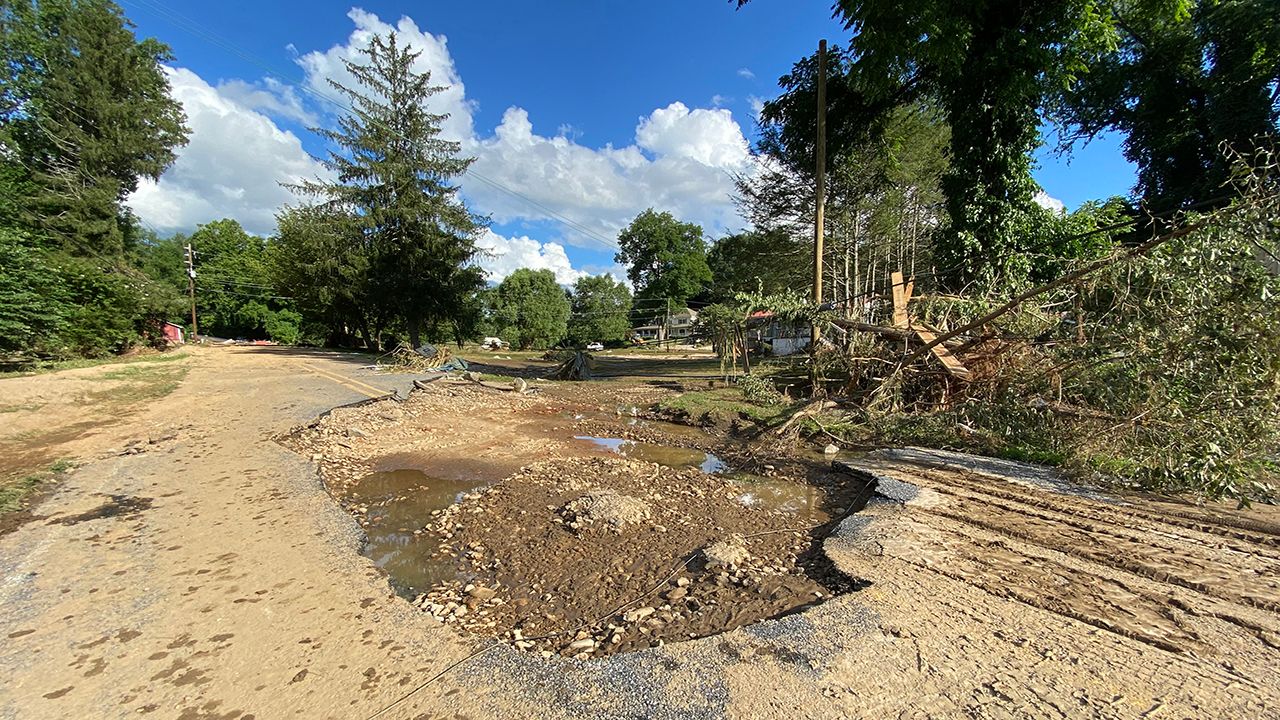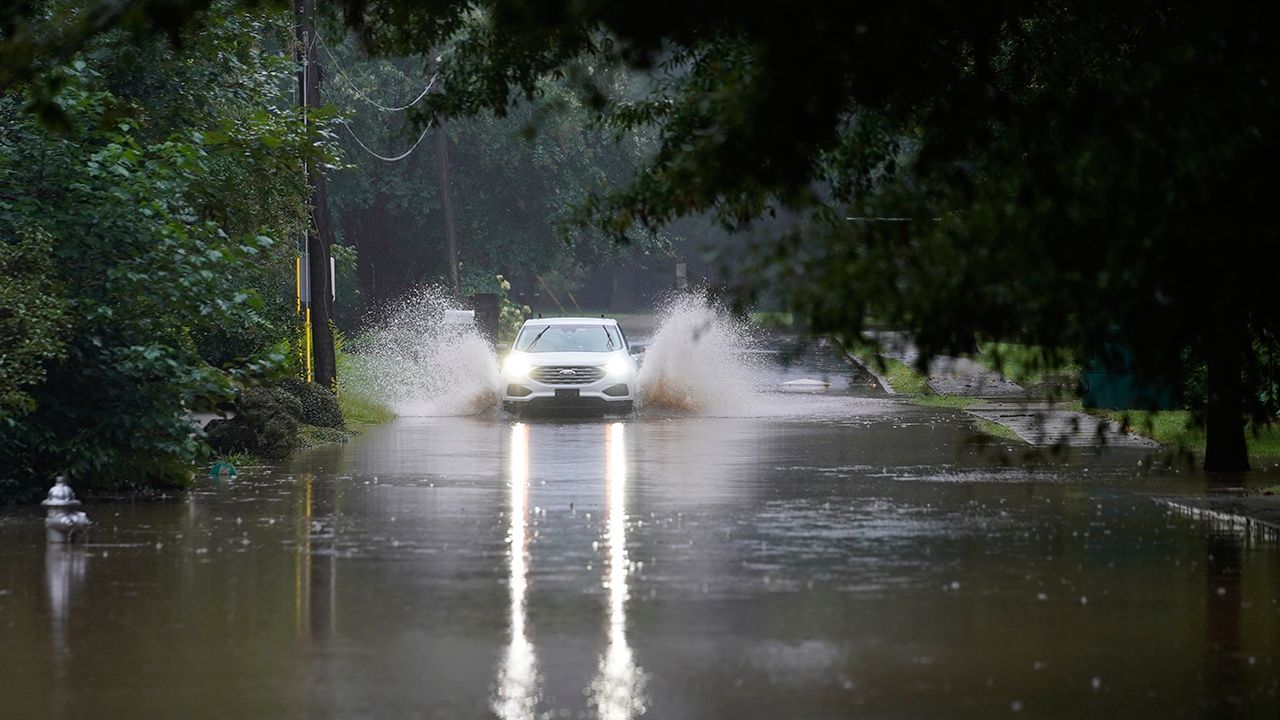Starting as a disturbance in the eastern Atlantic on August 4, Fred took its time to develop. It finally became a tropical storm on August 11.
Fred continued to track west and made its first landfall in the Dominican Republic. Land interaction with Hispaniola and Cuba ripped the storm apart.
It wasn't until Fred moved into the Gulf where it restrengthened back into a tropical storm.
Fred eventually made landfall as a tropical storm near Cape San Blas in the panhandle of Florida on August 16. From there, heavy rain and flooding spread across the southeast.
Areas in western North Carolina saw the worst of it. Over 10 inches of rain fell in a short time for some cities, leading to extreme flooding.
The downpours flooded rivers and washed out bridges and roads. There were around 100 water rescues from the floodwaters.

Mudslides also blocked parts of Interstate 40 in Haywood County, N.C.

Fred also spun up many tornadoes in the southeast, some of which did extensive damage to homes and property.
The Northeast was next on the list for drenching rains, with around 3-5 inches falling for many areas.
Fred finally exited the northeast on August 20.



